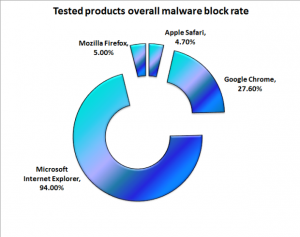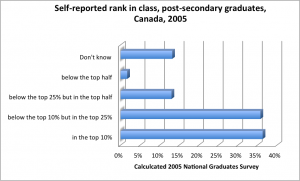Kids these days
Stuff is using a survey from Weight Watchers as a hook for a story
Four out of five Generation Z youths – those born from 1990 – don’t use any fresh ingredients in their daily evening meals and 39 per cent are unable to correctly identify staple veggies such as leek or zucchini.
The new Weight Watchers survey of 1000 people, studying Kiwis’ eating attitudes and food knowledge, has been released today as part of an initiative aimed at tackling obesity.
It found New Zealanders were largely sedentary, have lost touch with the importance of savouring mealtimes, and younger generations’ cooking skills were at risk.
As usual, there’s no indication of whether this is a real survey or how it was done, and Weight Watchers itself doesn’t have anything on its website. It’s not even clear whether this was a survey just of ‘Generation Z’ or of the country as a whole. If the formerlatter, it can’t be very reliable about younger generations, if the latterformer it can’t tell us whether New Zealanders are ‘largely sedentary’. Of course, if you don’t really care whether the numbers mean anything, it doesn’t matter much.
Also (as the story partially addresses), it’s not clear that there was ever a Golden Age when 18 year olds all cooked nutritious meals from raw ingredients, and while it may be true that fewer Kiwis can identify leeks than in the 1950s, I bet more can identify bok choy. Not that you actually need to be able to identify a leek: when you go to the shop, they’re the things labelled “leeks”, or perhaps “leek’s”.
[Update: Rachel found a presentation of the results. It shows that the 34% of Generation Z who eat vegetables with their evening meal compares to a massive 40% for ‘Silent Generation’, presumably the largest difference between generations they could find. Not impressed.]


